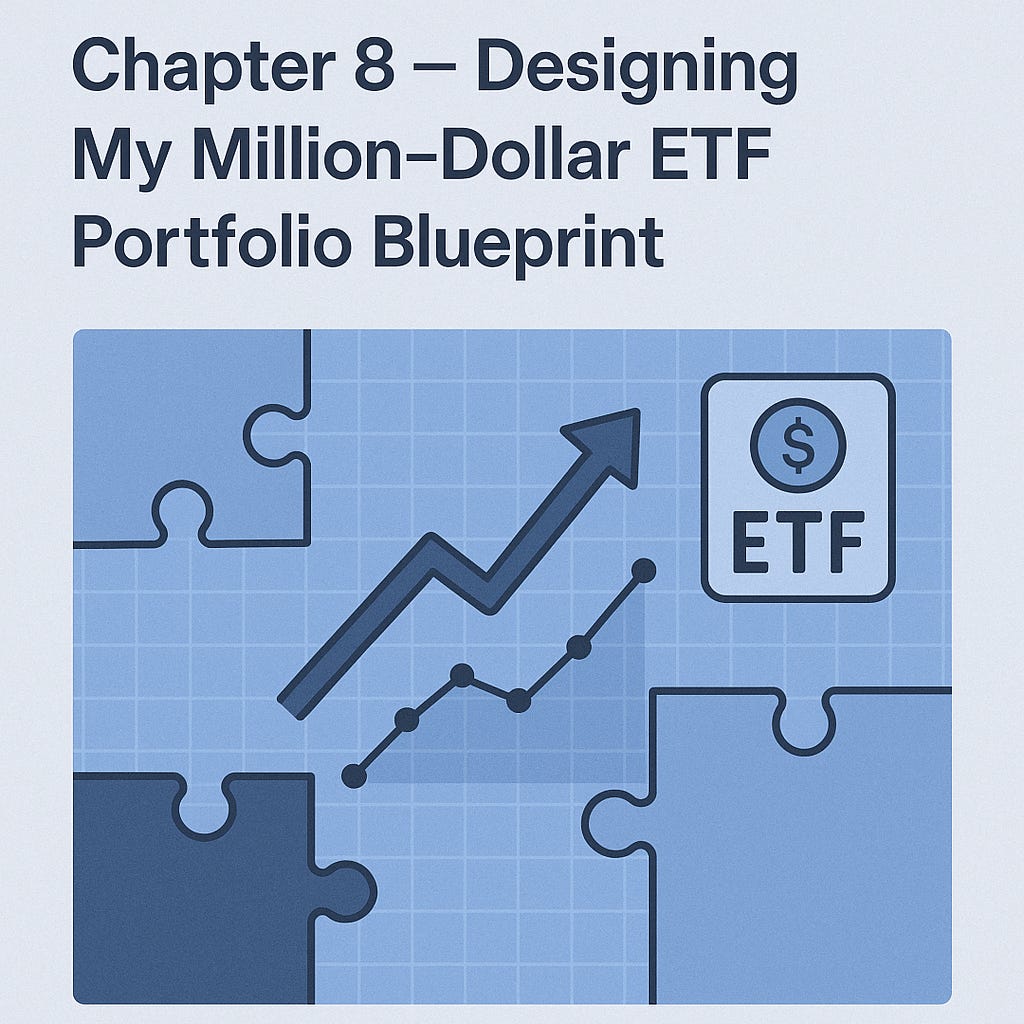Chapter 8 – Designing My Million-Dollar ETF Portfolio Blueprint
Transforming a series of individual investments into a coherent, disciplined system is the difference between haphazard gains and sustained wealth building. In this chapter, we construct a step-by-step blueprint to grow your portfolio to $1 million and beyond using ETFs, automation, and behavioral strategies.
Keep reading with a 7-day free trial
Subscribe to Wealth Insights to keep reading this post and get 7 days of free access to the full post archives.

